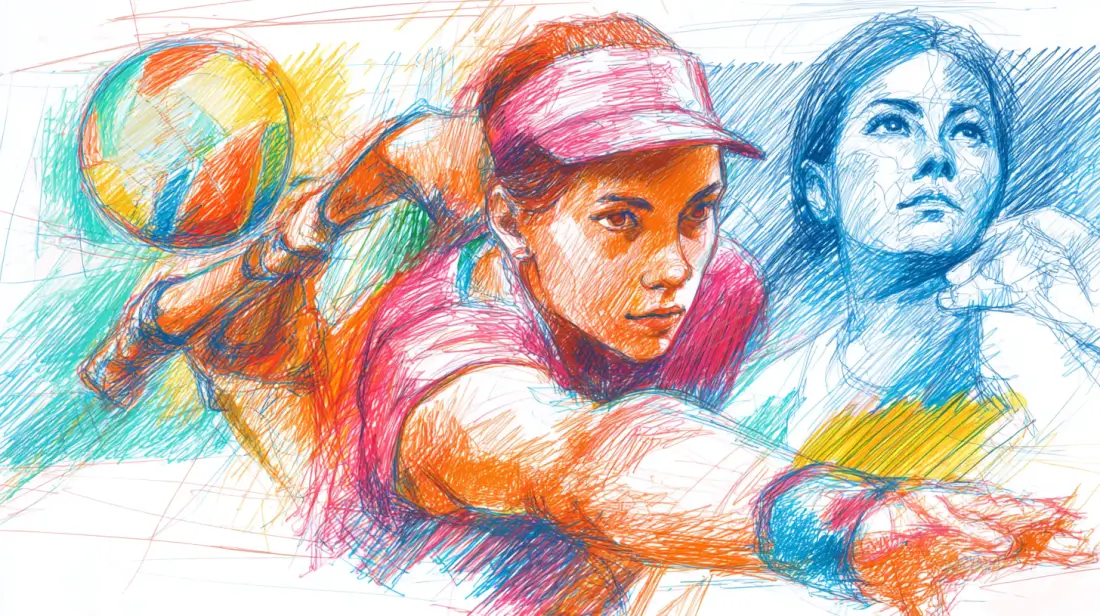To be the best you can be in any sport, you need practice. While we all know this in theory, actually getting the amount of direct practice we want isn’t always easy. You might be limited by weather, travel time, work, or gear, and any or all of these issues can hold you back. What many of us tend to underestimate is how many options are available to improve our play outside of directly engaging with the game.
If you get a little abstract, it’s possible to improve our play in many of the sports we enjoy by building other skills and relating them back to our sports of choice. Nothing can ever beat real nitty-gritty physical practice, of course, but there are still a variety of prudent options available, and if we enjoy the process, then we’ve nothing to lose by trying.
Building Associated Skills
The main trick to building skills in any activity comes from breaking the process down into component parts and then practising those parts individually. Some of the best illustrations of this come from really simple games, including those not technically considered sports, such as bingo live titles. These games, like Cash Cauldron, have you spotting and selecting numbers off a board hoping for a winning value. You don’t need to play bingo on mobile or desktop specifically, but it’s the easiest option from your own home, which for our purposes is ideal. To help with this skill, anything that utilises a fast-paced form of recognition can be transferable. This means games like Snap, or any title which relies on similar grid-based understanding, like Sudoku or crosswords, can help consolidate basic skills and train your brain for speed.
This is possible because of how brains manage pattern recognition. Working any kind of process repeatedly helps prime your brain and body to manage certain behaviour automatically, as long as they’re at least partially similar in nature. In some cases, they reinforce direct skills; other times, they contribute to building patterns our bodies can extrapolate back to our main sport. In boxing, for example, hitting the speed bag isn’t especially close to actual fighting, but it gets us comfortable with keeping our hands up as it reinforces reflexes and builds stamina.
All of this is to say it’s up to you to find an element of your game you can partially emulate outside of a playing environment, so you can work on it directly. If you’re a soccer player, you can run practice on motions where your body is stiff. If you’re into motocross, random squats can help you build the strength you need to stay on the foot pegs without random quad cramp. Even just throwing a tennis ball against a wall to improve your catching reactions and skills is worth a try for players of cricket or baseball.
A Better Practice Regimen
The more practice we engage in, the better we become, but progress isn’t always linear. Even if you’re desperate to improve one aspect of your game you’ve designed a perfect regimen for, you don’t want to overdo it. Too much work can strain your muscles, make you burn out, and cause you to grow tired, inaccurate, and frustrated.
To be your best, any of your customised practice should be cut into chunks of around 30 minutes, with breaks of several hours between sessions. Spaced practice has been shown to let our brains better adapt, generating better results with less stress.






